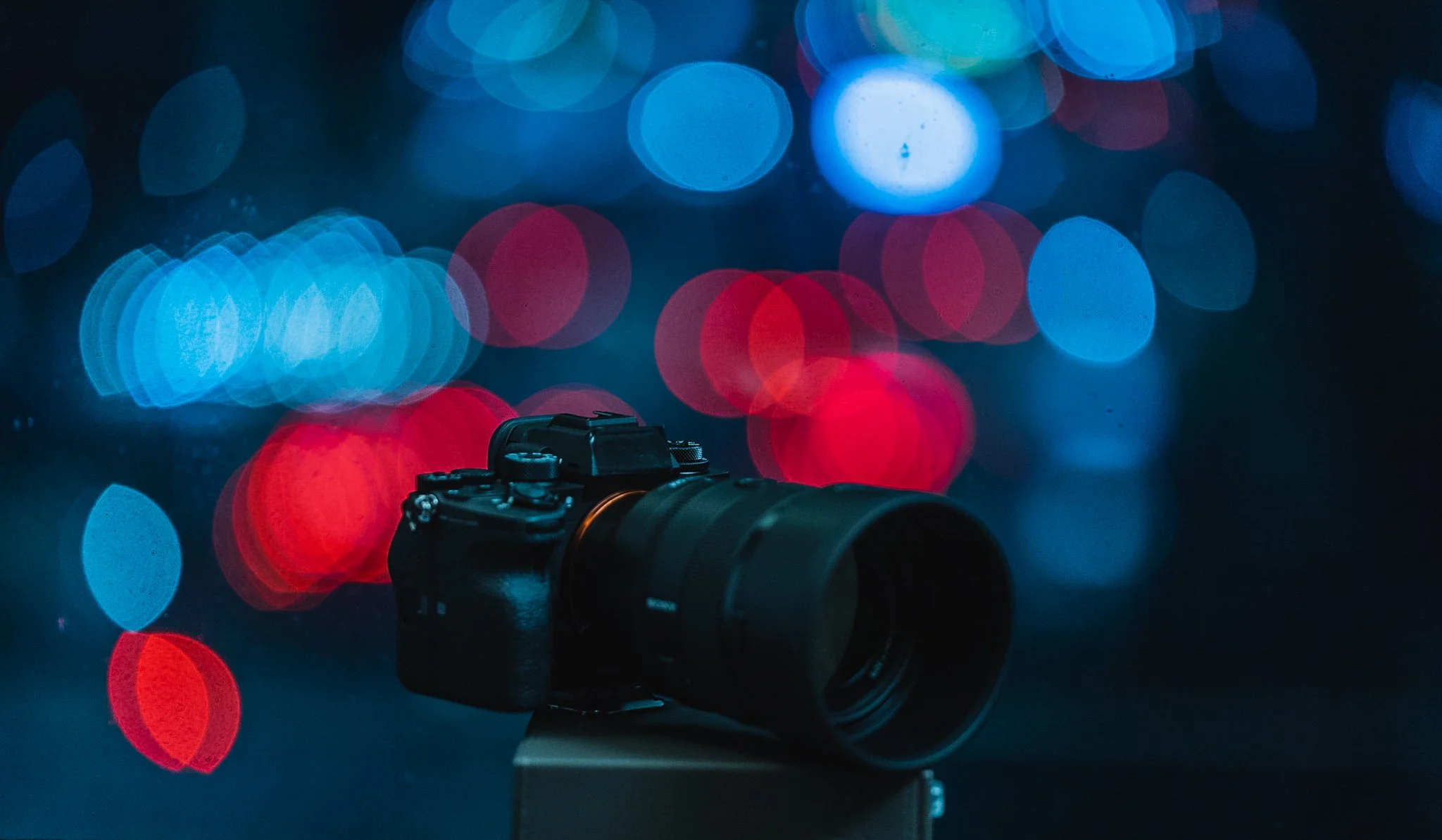What’s in my camera bag?
On this page I will share which cameras I use and why.
I will also give you a couple of resources and tips about choosing your own camera. I’ll put some amazon affiliate links in there so I can make a tiny percentage commission if you order them from there, because why not.
Before we get started, I have to state something that only becomes obvious once you have some experience in this field, because I don’t want to mislead anyone into buying the most expensive camera - it’s not really about the camera. It’s how you use it. And just as, if not more importantly - how you edit your pictures and footage. There is no magic camera that will make you a great artist, just like there is no magic paint brush that will turn you into a painter.
Now that that’s out of the way, let’s get into it.
My Cameras
Here’s what I personally use. If you’re looking for a good camera for yourself, I also recommend checking the next chapter.
Sony A1
This is Sony’s most powerful hybrid camera. Hybrid meaning that it shoots both great stills and great video. This camera is overpowered, I don’t really have to think about autofocus or settings and I can just focus on shooting. It also costs an arm and a leg, so I wouldn’t really recommend it for beginners.
Sony FX3
Sony’s consumer level cinema camera, excellent in low light (and otherwise). It takes decent photos as well, just small in size in terms of megapixels. I feel like this camera needs no introduction, it’s very popular. The only downside really is no viewfinder. Good for those who want to do somewhat serious filmmaking or videography.
iPhone 17 Pro Max
Most of the reels you see on my Instagram are shot on my iPhone. It’s the easiest way to record vertical footage, and if you know how to get the most out of it, and you know how to edit, you can do amazing things with just a phone.
My Lenses
I’ve had many lenses over the years, but I’ll mention these two for simplicity’s sake. I don’t like zooms, you lose quality and they’re bulky and expensive. Most of my lenses are primes.
Sony 50mm f1.2 GM
I’ve always liked the 50mm focal length and f1.2 is great for both low light and bokeh. It also has no problems autofocusing when paired with the modern Sony bodies. For a more budget option that’s also better for travel, the 55mm f1.8 is very good. I might go back to it soon.
Sony 24mm f1.4 GM
Wide angle low light goodness. Good for handheld, with a gimbal, for both videos and stills. I find 24mm to be the sweet spot that is a wide angle but not too distorted. If I wasn’t a video shooter I’d probably pick a 28mm for stills, but for video this is perfect.
This covers the basics. Do check my YT channel for more a more detailed look and resources.
Camera Recommendations for Beginners
First of all, if you have a modern smartphone (one released in the past 2 years), definitely start shooting with your phone. Don’t let gear limit you. Download Lightroom mobile for editing your photos and CapCut or Instagram Edits for editing videos. Learn the basics about exposure and editing and light. Youtube is your friend.
But I can’t lie, of course it’s easier to get started with a real camera. It helps you get away with more mistakes, and just psychologically speaking, having a camera makes you wanna go out and use it. So which camera should you buy?
Sony A7IV
If you have the budget, this is what I’d get. It’s almost as good as the Sony A1, but at a fraction of the cost. You’ll get amazing video and picture capabilities. Again, it’s a camera that gets out of your way, works well in low light, autofocuses fast, shoots 10-bit video, meaning you can edit your footage much more than cheaper cameras. It’s pure modern performance.
Sony A7iii
For a more budget friendly but still powerful option, I’d look into this one (or other previous gen sony a7 cameras). You can find them used for much less than the listed $1600 price. Then later if you wish to upgrade your camera to a more modern version, you can still use the same lenses.
Speaking of which, I’d recommend the Sony Zeiss 55mm f1.8 mentioned in the lens section earlier.
The thing is, if you’re a beginner it can be difficult to know which lenses you need. I’d keep an open mind and simply experiment, as you gain knowledge, you’ll know what you want next. Lenses are easier to trade and resell than camera bodies too, as they’re mostly just glass and therefore don’t become obsolete as quickly as camera bodies.
What about Fujifilm? Canon? Nikon? Leica? Ricoh? Pentax?
If you see a nice camera in a camera store or on social media and you want to get it for whatever reason, just do it. Which exact brand of camera you buy is not that significant, all modern cameras are very capable and price points are comparable. *except in the case of Leica, which is more of a luxury brand
What I’m trying to say that it’s more important to simply start shooting and learn how to use your camera, than it is to mull over the decision. Your camera brand does not have much effect on the style and look of your photography or videos. They can change the way you shoot, how comfortable you are during the shoot, how much you have to manage manually, and how many mistakes they let you get away with - but in the end, 90% of the burden is on you, the photographer.
